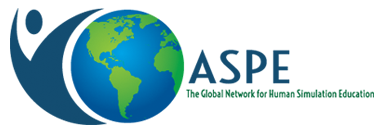Lead Author: Sylk Sotto-Santiago
Submitted by: Kerensa Peterson
“With an increasing awareness of the disparate impact of COVID-19 on historically marginalized populations and acts of violence on Black communities in 2020, academic health centers across the United States have been prioritizing antiracism strategies. Often, medical students and residents have been educated in the concepts of equity and antiracism and are ready to tackle these issues in practice. However, faculty are not prepared to respond to or integrate antiracism topics into the curriculum. Leaders in faculty affairs, education, diversity, and other departments are seeking tools, frameworks, expertise, and programs that are best suited to meet this imminent faculty development need.”
